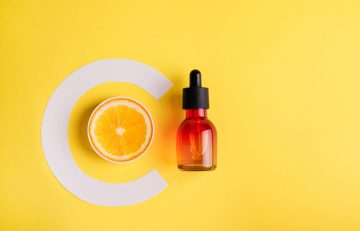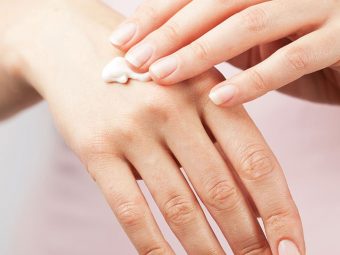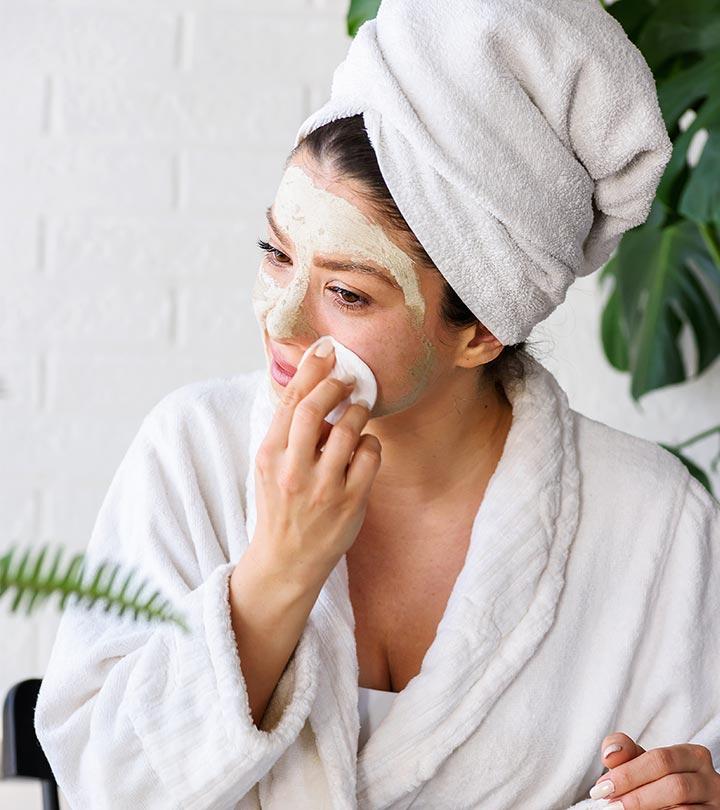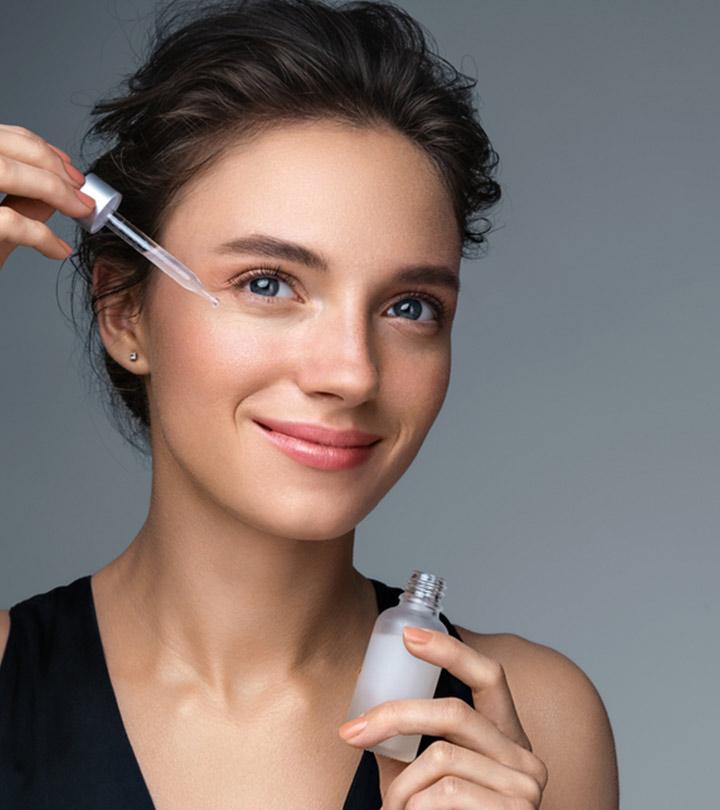5 Mistakes To Avoid While Using A Vitamin C Serum

Image: Shutterstock
Serums are comparatively new additions in the world of skin care products. Though there are numerous serums available both in online and offline stores, vitamin C serums have established their market for their ability to produce results quickly. Although vitamin C was once a novel component that piqued the interest of many in the skincare community, it has now become a mainstay of many skincare routines. Vitamin C’s brightening and anti-aging qualities are why it’s so often utilized in serums (1). But that’s not all it’s capable of doing. It can boost the skin’s barrier, battle damage from pollution and sun, enhance the skin’s texture, and revive a tired appearance. While vitamin C serums are generally safe and mild enough to be applied to all skin types, an improper application might alter the serum’s efficacy. Here are five common blunders people make while using vitamin C serums. Read on to know them all.
In This Article
1. The Timing
While there isn’t a hard-and-fast rule about when to use vitamin C serums, morning is often the best time. The serum can increase Vitamin C’s exceptional sun protection formula when combined with a broad-spectrum sunscreen. However, before going outside, you should wait until the serum is dry as the serum reacts with sunlight to darken your complexion.
2. The Order
To maximize the benefits of your skincare products, it is essential to use them in a precise order. For example, vitamin C serums work best when used immediately after applying a toner. First, put a small amount in your fingertips, then rub it in gently on your skin. Allow it to sink in for a while, and then use a moisturizer and top it off with sunscreen.
3. The Concentration And Formula
Vitamin C serums are not created using the same methods as other popular components like retinol and niacinamide. Vitamin C serums use citric extracts. That’s not the same as L-ascorbic acid, the very effective version of Vitamin C that may treat a wide range of skin issues. Choose a concentration between 2% and 20% and formula that works for your skin type and issues.
4. The Combination Of Ingredients
Consider the serum’s whole composition when deciding on a Vitamin C supplement. If the serum has only one active component, you must choose the appropriate concentration. However, serums contain various substances to strengthen the Vitamin C level and provide further advantages.
5. Pairing
Most products go well, along with vitamin C. But benzoyl radicals and retinoids should be avoided. There is a potential risk of irritated skin when these substances are combined, especially on sensitive skin. Make sure you do a patch test before using the serum with or without added products.
Here are some common queries about vitamin C serums for your skincare routine. Read on to know them all.
1. How To Prevent Your Skin From Tanning After Using A Vitamin C Serum
Vitamin C serums can make your skin prone to tanning if not used correctly. They are commonly misused since they are applied alone without a moisturizer. If you put vitamin C on your skin and then go outside, it may turn deeper in color because vitamin C oxidizes when it comes into contact with oxygen (2). Vitamin C can cause skin darkening if used alone, so always use a moisturizer or face oil and sunscreen to keep unwanted tanning at bay.
2. Ingredients That You Shouldn’t Mix With Vitamin C Serums
Once you start skincare routines religiously, you might be tempted to use everything together for faster glowing skin. But that never happens, does it? Many people waste their vitamin C serums by using them in conjunction with other skincare products or procedures that might hinder or even reverse the serum’s intended effects. Retinol, alpha hydroxy acids, beta hydroxy acids, benzoyl peroxide, and niacinamide are the five substances you should never combine with vitamin C serums. So make sure you research the other products and whether they are compatible with the components of your vitamin C serum.
3. Storage Mistakes With Vitamin C Serums
Even though every beauty product you purchase contains instructions on storage and expiry, we are guilty of overseeing them. The vitamin C serum should be used within three months after opening or by the expiration date specified on the bottle. You must keep it out of direct sunlight and minimize its exposure to air and moisture. Before each usage, ensure the serum doesn’t have any odors that are out of the ordinary. Also, ensure you secure the lid well after each use to minimize exposure to the atmosphere.
No matter which skin care product you use off the shelf, it is, after all, a combination of chemicals and should be used as it was intended. Not following the instructions or experimenting with the products might not be something you want to try on your skin. If unsure about the product, it’s best to start with a patch test on your wrist.





























